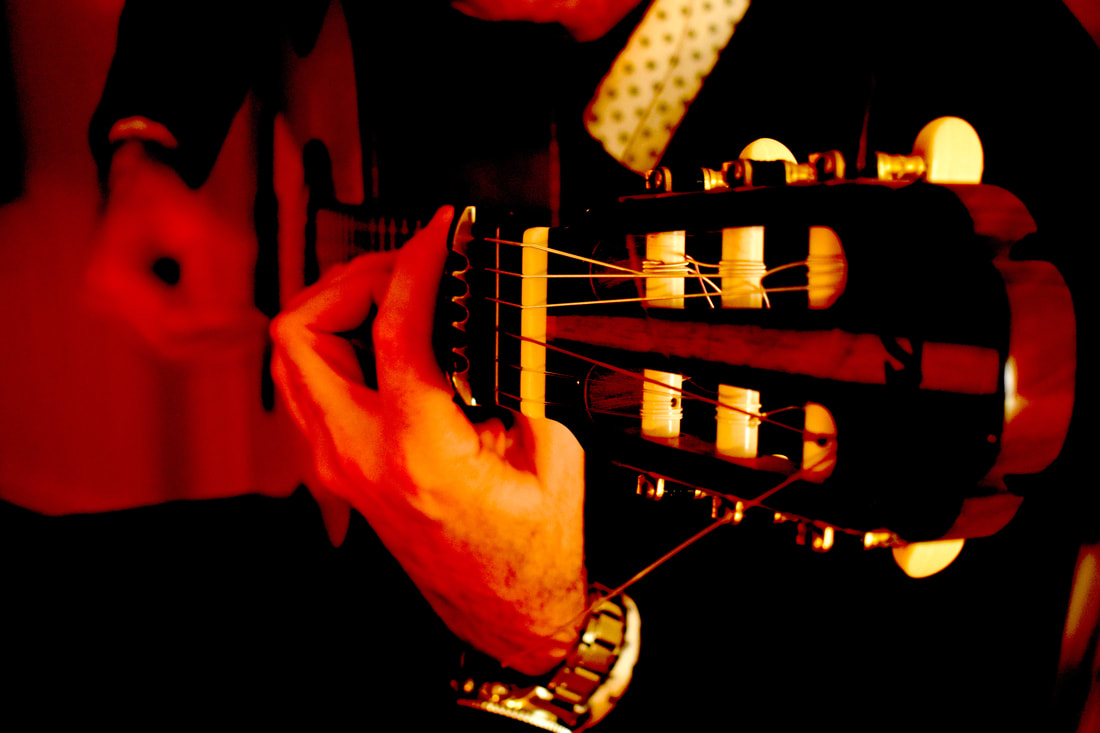The B chord is another fundamental chord that guitarists should master. It is often played as a barre chord, making it somewhat challenging for beginners. However, understanding how to position your fingers and practice efficiently can make learning this chord more manageable. Here's how to play the B major chord on the guitar, focusing primarily on the barre chord method, as well as an easier alternative.
Playing the B Major Barre Chord
The B major chord commonly appears as a barre chord with the root note on the fifth string.
Positioning Your Fingers:
- Index Finger: Bar your index finger across all the strings at the second fret, from the fifth string down to the first.
- Ring Finger: Lay your ring finger across the fourth, third, and second strings at the fourth fret. This technique is often called a "partial barre" because you are barring multiple strings with one finger but not all of them.
Strumming:
Strum from the fifth string downward, avoiding the sixth string. To play it as Rafael does in the video above (in the rumba flamenco style), check out his full flamenco guitar course.
Easier Alternative: B Major Open Chord
For beginners, a full barre chord can be quite difficult. Here’s a simplified version of the B chord that doesn’t require a full barre:
Positioning Your Fingers:
- Index Finger: Place your index finger on the second fret of the fifth string (B string).
- Middle Finger: Position your middle finger on the fourth fret of the fourth string (D string).
- Ring Finger: Place your ring finger on the fourth fret of the third string (G string).
- Pinky Finger: Position your pinky on the fourth fret of the second string (B string).
Strumming the B Chord:
In this version, you should only strum the middle four strings. Avoid the sixth and first strings to maintain the integrity of the B major chord sound.
Practice Tips
- Focus on Clean Transitions: Especially with barre chords, shifting between positions can be tricky. Practice moving in and out of the B chord shape from other common chords, eg G and F.
- Build Finger Strength: Barre chords require more finger strength than open chords. Regular practice will help build up the necessary strength and endurance.
- Use a Metronome: This helps develop your timing and rhythm, which is crucial when changing chords smoothly.
Common Mistakes and Problems with the B Chord for Beginners
If you find you are muting strings unintentionally, it’s usually a sign that you need to adjust your finger placement or apply more pressure.
- Barre Fatigue: All beginner guitarists feel this – if your hand gets tired quickly, take short breaks. Over time, your hand will build the endurance it needs.
The B chord can open up a variety of songs and styles to your playing. Although it might seem difficult at first, especially the barre chord version, consistent practice will greatly enhance your ability to form and transition into the B chord smoothly. Keep practicing, and soon it will become a natural part of your playing repertoire.
Learn from a Master Who's Performed for Royalty: Start Your Flamenco Journey Today
- Unlock this article & video library for free
- Join thousands of guitarists who finally got past only 'knowing some basic chords'
- Learn flamenco from a lifelong performer & celebrity teacher from Madrid
- Rafael has taught EOB (Radiohead), Jack Peñate & played for HRH Elizabeth II (etc)
By entering your email you agree to receive email updates from Flamenco With Rafael. See our Privacy Policy.




